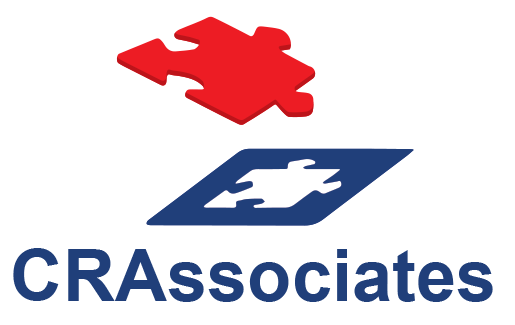Opportunity Zone Financing
Qualified opportunity zone financing:
 provides those needing real estate and business financing to receive “Eligible Investors” (generally those who have capital gains but there are exceptions) other investors’ capital gains to be used to provide long-term capital in “Qualified Opportunity Zones;”
provides those needing real estate and business financing to receive “Eligible Investors” (generally those who have capital gains but there are exceptions) other investors’ capital gains to be used to provide long-term capital in “Qualified Opportunity Zones;”- permits such “Eligible Investors” (a) defer 85% of such capital gains invested, and (b) permanently avoid having to pay any capital gains tax on its new investment provided it is held for at least 10 years;
- can be used for new businesses; joint ventures with existing businesses and nonprofits; subsidiaries of existing businesses; commercial real estate; and
- can be used with state opportunity zone financing, Section 1031 like-kind exchanges, new markets tax credit financing, low-income housing tax credit financing, historic tax credit financing, and other community and economic development programs (such as those provided by the USDA Programs and the CDFI Programs).
“Qualified Opportunity Zones:”
- are 25% of a state’s low-income census tracts (or census tracts contiguous with a low-income census tract), which (a) are designated as “Qualified Opportunity Zones” by the chief executive of a state or territory (such as the governor of such state), and (b) have been certified by the Treasury Department; and
- total approximately 9,000 nationwide, and are located in urban, suburban and/or rural areas.
There are 2 scenarios which facilitate opportunity zone financing: the so-called “Indirect Approach” and “Direct Approach.”
There are 7 differences between the Indirect Approach and the Direct Approach.
There are many complex rules that must be followed in order to qualify for and maintain opportunity zone financings.
Our legal and accounting backgrounds as well as significant experience in community and economic development enables us to strategically underwrite, structure and close these complex financings on behalf of our clients.
Generally, all of our fees are contingent upon the funding of opportunity zone financing.
If you believe that you have a project that could qualify for opportunity zone financing, please complete our Initial Intake Form.
Upon engagement, we will provide:
 our Opportunity Zone Financing Intake Form;
our Opportunity Zone Financing Intake Form;- flowcharts illustrating the alternative structures of the financing based on available, prospective and alternative sources of the capital stack;
- a budget (including supporting assumptions and calculations) projecting sources and uses of funds during the 10-year compliance period and thereafter;
- our strategy to secure all opportunity zone financing participants; and
- a proposed timeline through targeted closing date of the opportunity zone financing.
During our engagement, depending on our client’s role in the opportunity zone financing, we will:

- draft the organizational documents of the Qualified Opportunity Zone Fund;
- qualify the Qualified Opportunity Zone Fund;
- draft a detailed executive summary of the project and/or operations of the project or business, as applicable;
- identify, profile and target opportunity zone financing participants;
- complete all investor intake forms;
- assemble due diligence materials and create a dropbox;
- identify and secure other sources of financing (including traditional financing, state opportunity zone financing, new markets tax credit financing, historic tax credit financing, low-income housing tax credit financing, and other types of community and economic development programs, such those provided by the USDA Programs and the CDFI Programs);
- negotiate term sheets;
- structure the overall financing;
- collect due diligence materials and create a drop box;
- manage the closing and funding;
- provide ongoing asset management, compliance and reporting services; and
- provide such other services as set forth in our Consulting Agreement.
